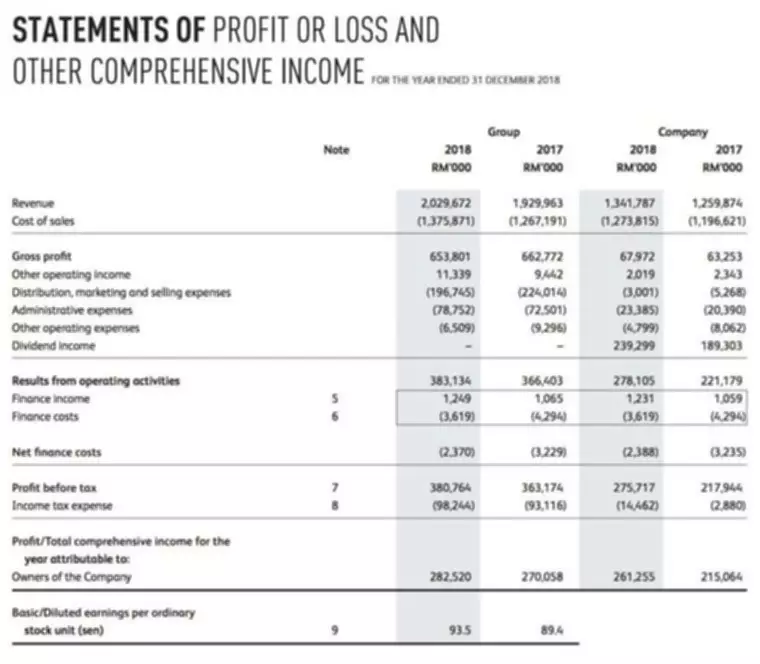Content
- What Is Unearned Revenue on a Balance Sheet?
- Accounting Code For Your Chart Of Accounts
- What Is An Unearned Revenue Schedule?
- Join over 140,000 fellow entrepreneurs who receive expert advice for their small business finances
- Why is Accrued Revenue Important?
- Save time and money on a customized accounting plan

The initial entry for this liability is a debit to cash, and a credit to the unearned revenue account. On July 1, Magazine Inc would record $0 in revenue on the income statement, since none of the money has been earned yet. Cash on the balance sheet would increase by $60, and a liability called unearned revenue would be created for $60 to offset it. Once a company delivers its final product to the customer, only then does unearned revenue get reversed off the books and recognized as revenue on your profit and loss statement.
In this guide, we go over exactly what you need to know about reporting unearned revenue. Initially, the total amount of cash proceeds received is not allowed to be recorded as revenue, despite the cash being in the possession of the company. Suppose a SaaS company has collected upfront cash payment as part of a multi-year B2B customer contract.
What Is Unearned Revenue on a Balance Sheet?
With cash basis accounting, you’ll debit accrued income on the balance sheet under the current assets as an adjusting journal entry. Unearned revenue is defined as money that a business has received but has not yet earned. Once the company delivers the product or service, the liability is no longer outstanding, and the revenue is then considered earned. If a publishing company accepts $1,200 for a one-year subscription, the amount is recorded as an increase in cash and an increase in unearned revenue.
Therefore, you will record unearned revenue on your balance sheet under short-term liabilities—unless you will deliver the products or services a year or more after receiving the prepayment. Then, as you earn revenue over time, you will debit the deferred revenue account and credit the revenue account. There is no difference between unearned revenue and deferred revenue because they both refer to advance payments a business receives for its products or services it’s yet to deliver or perform. Thus, they are items on a balance sheet you initially enter as a liability (an obligation to fulfill in the future) but later become an asset. Unearned revenue is a crucial concept for businesses and individuals alike.
Accounting Code For Your Chart Of Accounts
In accrual accounting, revenue is only recognized when it is earned. If a customer pays for goods/services in advance, the company does not record any revenue on its income statement and instead records a liability on its balance sheet. Unearned revenue is a crucial concept for businesses and individuals alike, yet it is often misunderstood. It refers to payments received for goods or services that have not yet been delivered. In other words, it is money that a business has received but has not yet earned.
- The SEC’s rules governing MD&A require disclosure about trends, events or uncertainties known to management that would have a material impact on reported financial information.
- They can be used to manage cash flow more efficiently since they’re typically paid in advance of receiving goods or services, which reduces strain on your cash position.
- If the product or service is delivered incrementally instead of all at once, then revenue should be recognized equal to the amount of goods being exchanged.
- For example, when a SaaS company charges a new client a $180 annual subscription fee, it does not immediately record the fee as actual revenue in its books.
- Unearned revenue has a significant impact on a company’s financial statements.
- A reversal, will adjust the liability and move the money through to income, do NOT do that.
- Instead, you will report them on your balance sheet as a liability.
More specifically, the seller (i.e. the company) is the party with the unmet obligation instead of the buyer (i.e. the customer that already issued the cash payment). Receiving money before a service is fulfilled can be beneficial. The early receipt of cash flow can be used for any number of activities, such as paying interest on debt and purchasing what is unearned revenue more inventory. Accrued revenue serves to demonstrate how the business is doing in the long run. It also helps in understanding how sales are contributing to profitability and long-term growth. If a company has an inventory turnover ratio of 2 to 1, it means that the company’s inventory turned over twice in the reporting period.